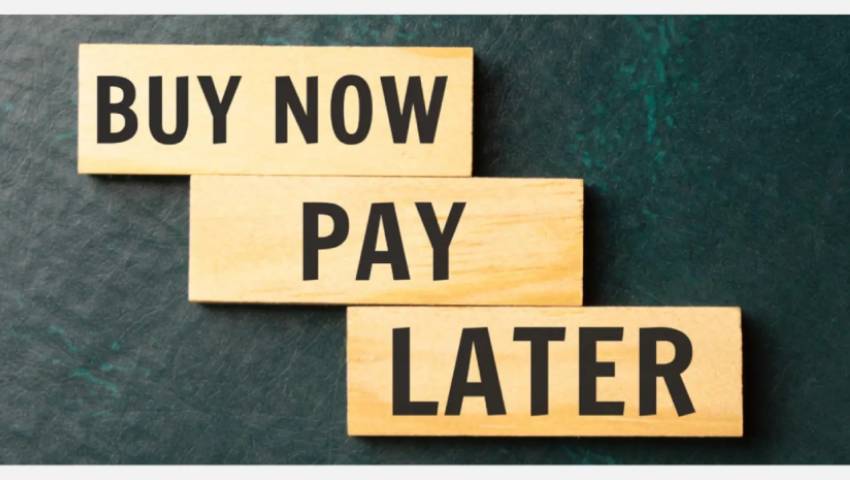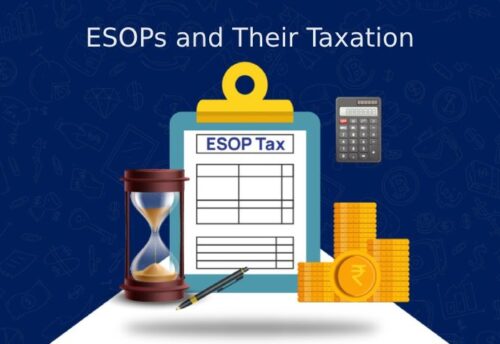
- 06/12/2024
- MyFinanceGyan
- 147 Views
- 6 Likes
- Finance
What is Buy Now, Pay Later (BNPL)?
Gone are the days when credit transactions were rare in India. Today, India is rapidly evolving into a credit-driven economy, with merchants offering various credit options and consumers reaping the benefits of these flexible payment methods. One such popular option is Buy Now, Pay Later (BNPL), a short-term financing solution that has gained significant traction, especially since the onset of the COVID-19 pandemic. Many e-commerce platforms, banks, and retailers now offer BNPL schemes to boost sales, particularly during the festive season.
A key financial planning tip to keep in mind while using BNPL is to ensure that you can comfortably repay your dues on time. While BNPL offers flexibility, missing payments can lead to high interest rates and impact your credit score. This blog delves into the concept, functioning, benefits, and limitations of BNPL to help you make informed financial decisions.
Understanding Buy Now, Pay Later (BNPL):
Buy Now, Pay Later (BNPL) is a short-term financing option that enables consumers to pay for purchases in installments over a specified period. This payment method is widely offered by online retailers and fintech companies in India as a convenient alternative to credit cards. Known for its accessibility, transparency, and often interest-free EMIs, BNPL is reshaping the lending landscape.
What is BNPL Payment?
BNPL allows you to make a purchase without paying the full amount upfront. When you sign up with a BNPL provider, they cover the cost of your purchase on your behalf. You then repay the amount within a predetermined period, often through no-cost Equated Monthly Instalments (EMIs).
However, failing to repay within the stipulated time frame may result in interest charges and a potential negative impact on your credit score.
How Does BNPL Work?
The typical BNPL process involves the following steps:
- Make a Purchase: Customers shop at participating retailers.
- Choose BNPL: Select the ‘Buy Now, Pay Later’ option at checkout.
- Make a Minimal Payment: Pay a small portion of the total amount upfront.
- Repay in EMIs: The remaining amount is split into interest-free EMIs.
- Payment Methods: EMIs can be paid via credit cards, debit cards, bank transfers, or direct debit from a bank account.
Factors to Consider Before Opting for BNPL:
While BNPL offers several benefits, it’s essential to consider the following points before signing up:
- Credit Limit: BNPL typically offers a lower credit limit than credit cards. While credit cards may extend up to three times your gross monthly income, BNPL limits are often tied to your average monthly bank balance.
- Repayment Terms: Failure to repay within the allotted time can harm your credit score, as BNPL providers report defaults to credit bureaus.
- Usage Scope: Check whether your BNPL option is restricted to specific merchants or available for broader use across online and offline stores.
- Overspending Risk: BNPL can tempt customers into impulsive purchases, potentially leading to debt accumulation.
Benefits of BNPL:
- Affordability: Makes high-value purchases more manageable.
- Instant Credit: Offers quick access to credit without extensive paperwork.
- Flexible Repayment: Allows you to choose a repayment period.
- No-Cost EMIs: Often available without additional charges.
- Safe Transactions: Secure and reliable payment method.
Drawbacks of BNPL:
- Transparency Issues: Some users may unknowingly take on loans under their name.
- Aggressive Promotions: Over-promotion can lead to unnecessary purchases.
- Debt Risk: Easy credit access may result in unwarranted financial strain.
Before opting for BNPL, a key financial planning tip is to understand its tax implications, especially in financial decisions like ESOP taxation in India.
Conclusion:
BNPL is a promising option for consumers new to credit who want to build a solid credit history. Its user-friendly features, instant approval process, and flexible repayment plans make it highly appealing. However, it is still a form of debt, and timely repayments are crucial to avoid interest charges and a drop in credit scores.
By weighing its pros and cons, you can decide if BNPL aligns with your financial needs and goals.
Disclaimer: The views in this blog are personal and aim to create awareness for educational purposes only. This article does not endorse or recommend any specific product.



